The Fire Within: Agnikul Cosmos and the World's First Single-Piece 3D-Printed Rocket Engine
IIT Madras-incubated Agnikul Cosmos made history with the May 2024 launch of Agnibaan SOrTeD. Discover how the world's first single-piece 3D-printed semi-cryogenic engine cuts manufacturing time from months to days, redefining the economics of space access and cementing India's global leadership in aerospace innovation.
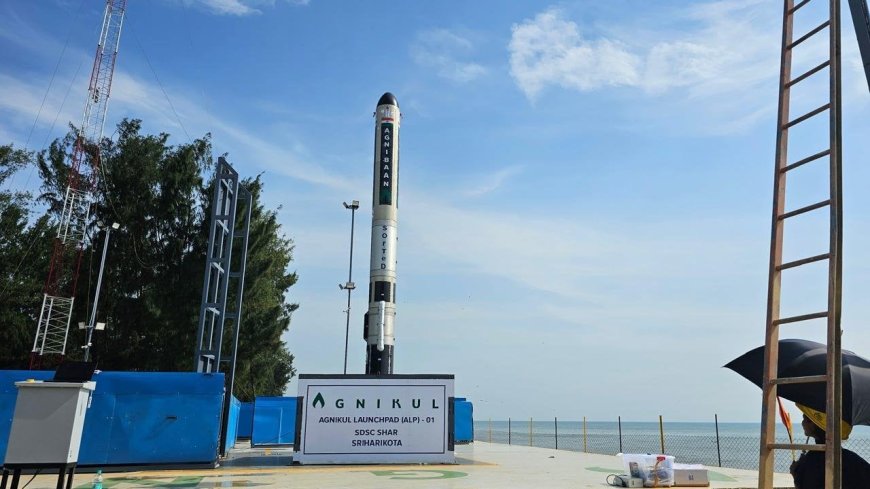
The countdown sequence that concluded on May 30, 2024, did more than just launch the Agnibaan SOrTeD rocket. It shows India is expanding in the private space sector to the world with a major milestone: the first-ever flight of a fully 3D-printed rocket engine made from a single piece. It was more than just a display; it was shown a passionate declaration that the future space exploration would be shaped not just by mechanical strength, but by innovation, automation, and a deep rethinking of how we manufacture.
Born from the academic rigour of IIT Madras and the creative spirit of its founders, Agnikul Cosmos is the definition of the "small idea to world fame" success story. Their core insight wasn't merely to build a rocket, but to fundamentally change how rockets are built, transforming a long-term engineering task into a rapid, automated process.

The Decades-Old Problem: When Precision Costs Time and Talent
For over half a century, the production of rocket engines has remained a complex process of metalworking, welding, and complicated assemblage. Hundreds, sometimes thousands, of individual components are carefully cut, machined, and then joined, often by hand. This traditional method is not only astronomically expensive and extremely slow, but each weld and joint represents a potential point of failure in the unforgiving vacuum of space.
This was the challenge that Srinath Ravichandran and Moin SPM, two visionaries incubated at IIT Madras, decided to take on straight away. They didn't just see a demand for small satellite launches; they saw an opportunity for manufacturing disruption that could redefine the very economics of space. They came up with a small but extremely innovative idea: Why assemble an engine when you can print it as a single, easy-to-assemble piece?
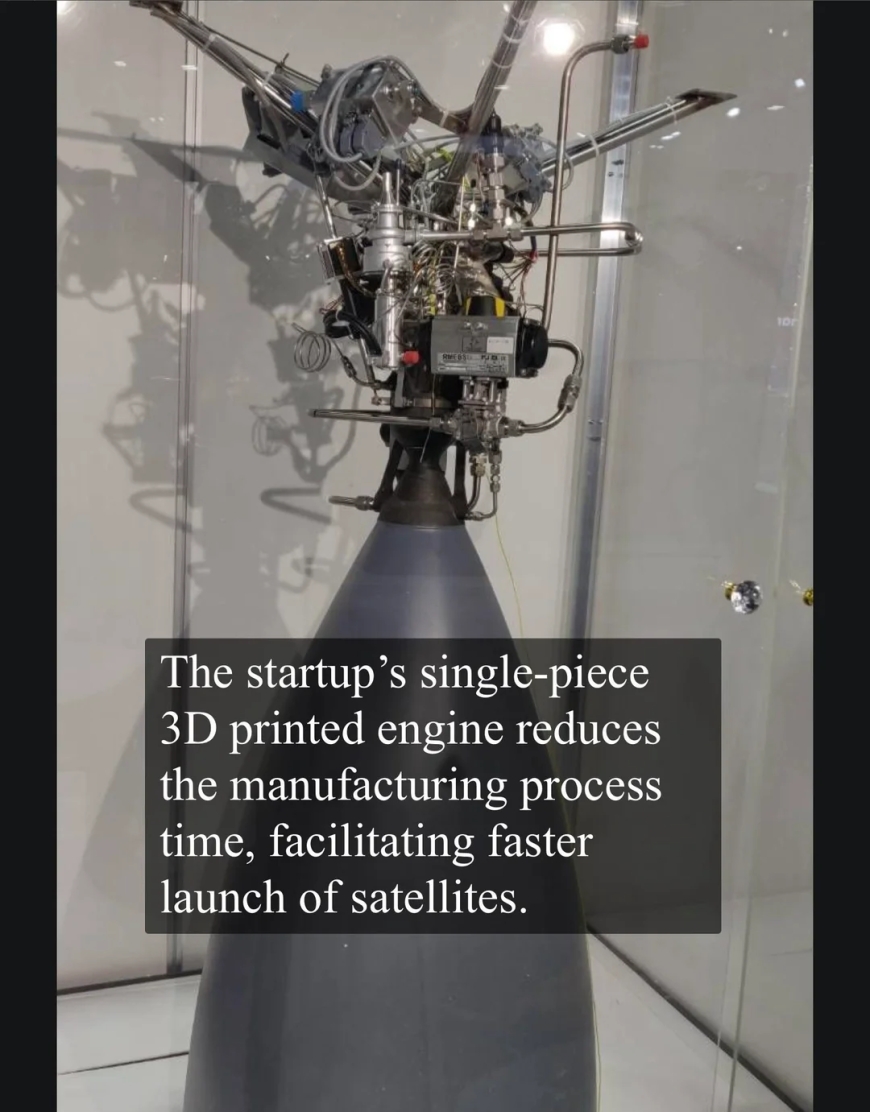
The Agnilet Engine's Technical Triumph Engine
Agnikul’s worldwide fame is grounded in its trademarked engine, the Agnilet, a name now associated with advanced aerospace manufacturing.The Agnilet is a semi-cryogenic rocket engine is designed run on a cost-effective and easily available combustion combination: Liquid Oxygen (LOx) and Aviation Turbine Fuel (ATF).
- Single-Piece Additive Manufacturing: Comparing to the traditional engines, the Agnilet is completely 3D-printed as a single component. This includes the different types of labyrinthine cooling channels, accurate injectors, and robust heating chamber—all combined into one continuous structure by using advanced high-strength aluminum superalloys. previously impossible to imagine that this type of level integration .
- Simple Designs Improve Reliability: By eliminating many joints, welds, and fasteners—all potential points of failure—the creative manufacturing method reduces the number of parts by nearly 80%. This not only eliminates all manufacturing time from not only cuts production costs by up to 50% but also greatly enhances the engine's basic dependability, reducing months (or even years for complex components) to just day.
- The World’s First in Flight: The successful May 2024 launch of the Agnibaan SOrTeD mission was a controlled vertical flight entirely powered by this single-piece 3D-printed engine. This wasn't just a static test; it was a dynamic, real-world validation of a manufacturing approach change, acknowledged globally by leading space agencies and industry players.
The Triple Crown: The Historic Launch of Agnikul
On May 30, 2024, the Agnibaan SOrTeD mission was more than just a launch; it was a triple triumph that cemented Agnikul's status as a pioneer in the private sector and rewrote several chapters in the history of space exploration:
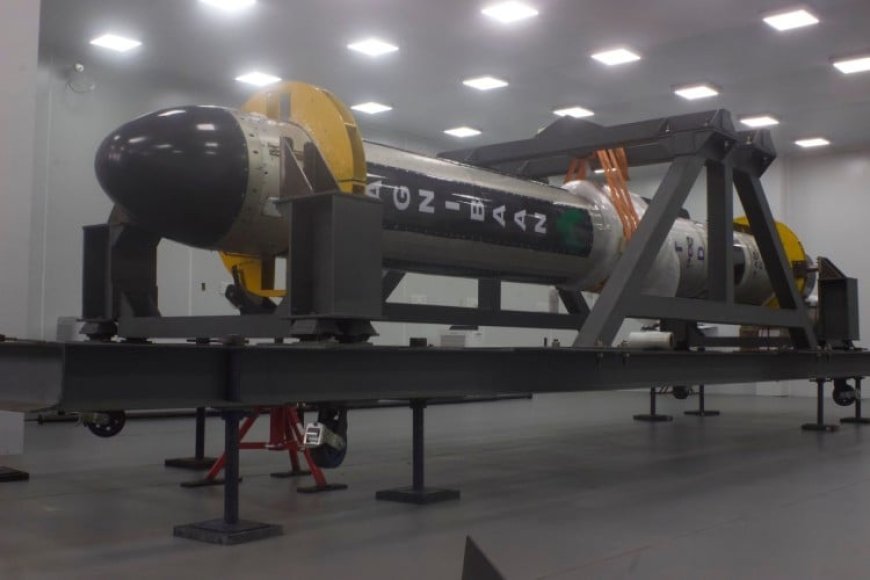
- World's First Flight of a Single-Piece 3D-Printed Engine: This remarkable achievement demonstrated the practicality and resilience of Agnikul's innovative manufacturing process during an actual flight, solidifying their legacy in aerospace history.
- The first private launchpad and mission control facility in India: The rocket was launched from the specially built Agnikul Launch Pad (ALP), named Dhanush (meaning "bow" in Sanskrit) and located in the ISRO headquarters in Sriharikota. This system allows small satellite companies to effectively design, construct, and oversee their own mobile launch systems in response to the urgent need for quick launch services.
- India's First Semi-Cryogenic Engine Flight: Using the LOx-ATF fuel mixture, the mission represents the nation's first successful launch vehicle flight using a semi-cryogenic engine. When compared to fully cryogenic systems, this technology is recognized for its exceptional performance and affordability, making it a significant accomplishment for the country.
From IIT Labs to the Global Space Race
Agnikul's success serves as a model for future innovation rather than merely showcasing engineering prowess. It displays:
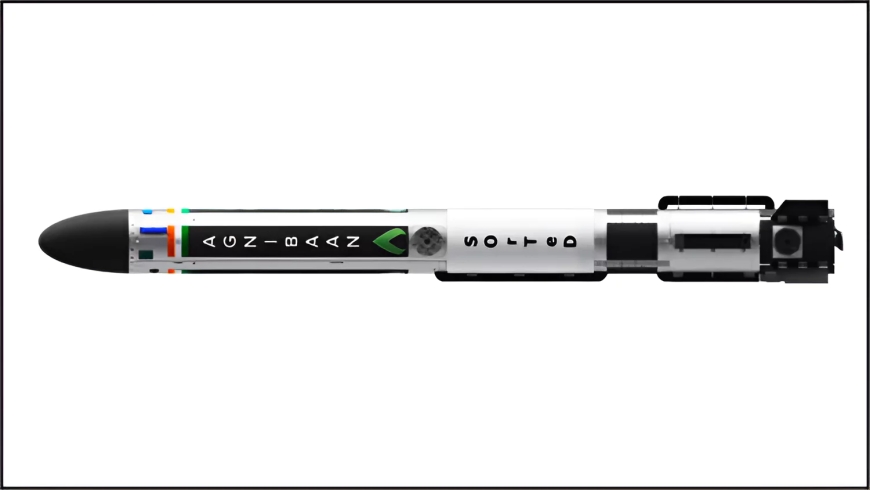
- The Power of Traditional Knowledge: By creating vital technologies from the ground up in India, Agnikul is an example of a self-sufficient strategy that avoids dependence on external supply chains.
- Creative Manufacturing: The method of challenges is established, but expensive methods of traditional aerospace, develop the way for the faster variations and greater connection to space.
- The Public-Private Partnership: The important support and collaboration with ISRO, helped by the Indian government's opening of the space sector to private players, provided crucial testing facilities and oversight procedures, showing how government can encourage private creativity.
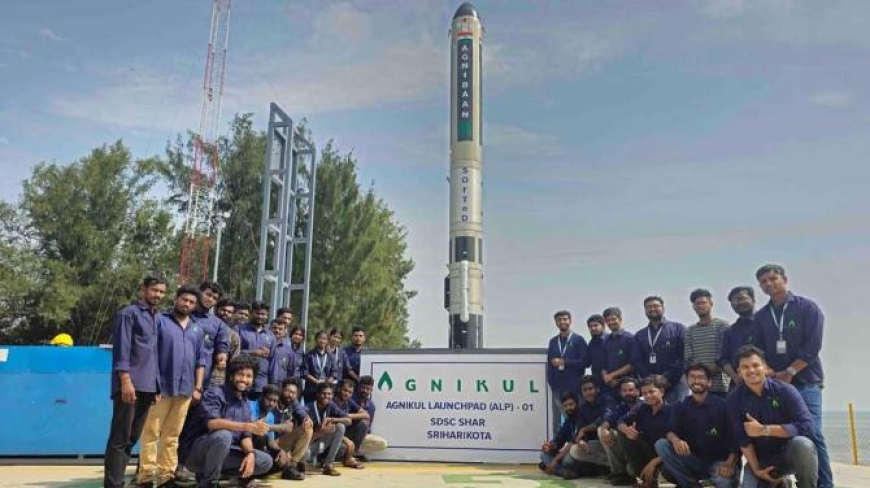
With a highly adjustable launch vehicle, the Agnibaan, designed to carry objects weighing anywhere from 30 kg to 300 kg to various orbits, Agnikul is now ready to capture a significant share of the rapidly expanding global small satellite launch market. They have not merely entered the space race; they have demonstrated that the next generation of space innovators will be defined not just by who can build the biggest rocket, but by who can build the smartest, fastest, and most cost-effective. Agnikul Cosmos is now driving India's progress in the global commercial space race, proving that groundbreaking innovation can emerge from any corner of the world.
What's Your Reaction?
 Like
0
Like
0
 Dislike
0
Dislike
0
 Love
0
Love
0
 Funny
0
Funny
0
 Angry
0
Angry
0
 Sad
0
Sad
0
 Wow
0
Wow
0
























































































































































































